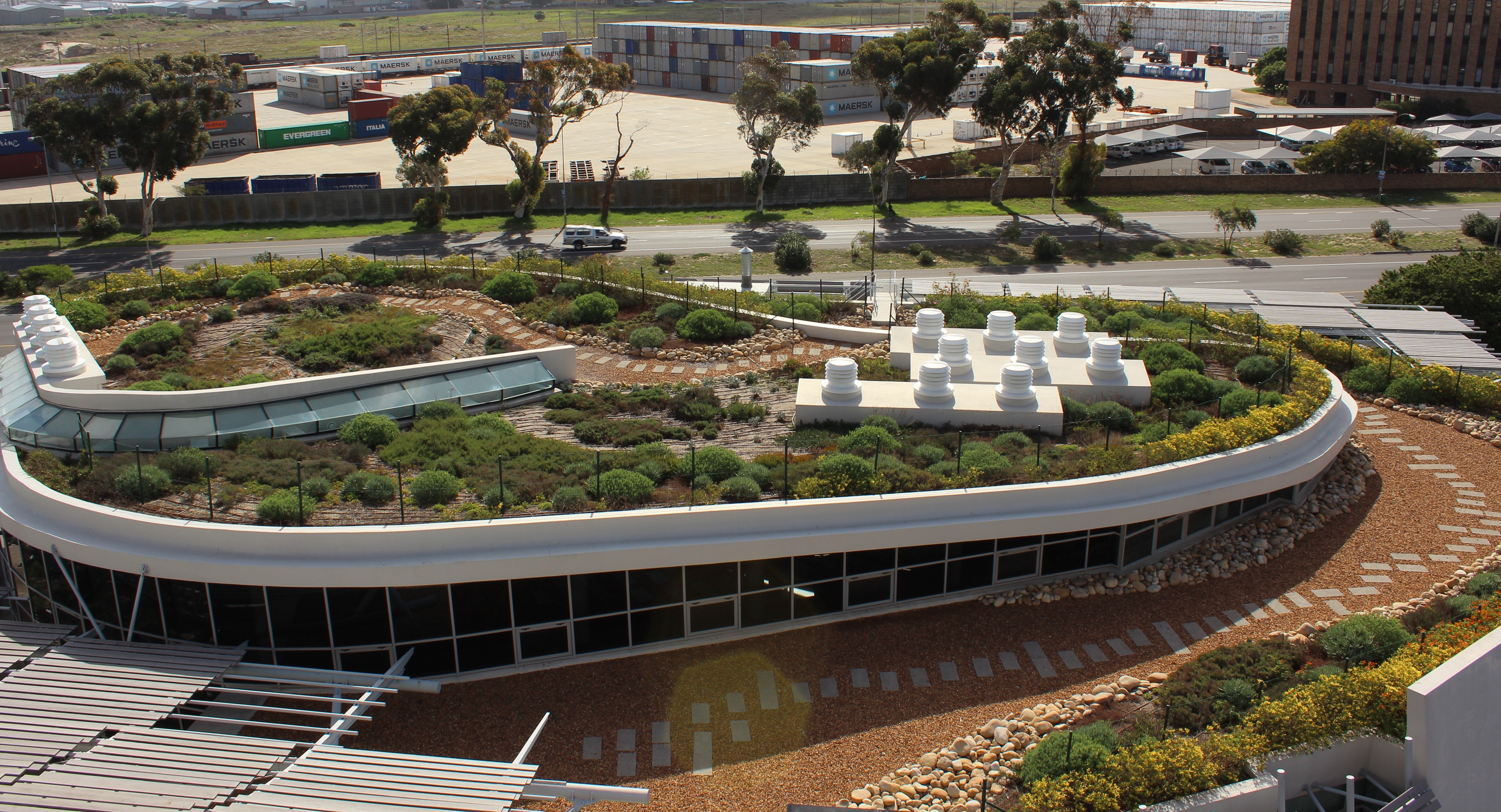Cloud Technology: Closing the education gap in South Africa

Anusha Rajkaran works in the Department of Biodiversity and Conservation Biology at the University of the Western Cape. Following student protests in South Africa last year, she and her colleagues were forced off campus for one and a half months, at a crucial time in the academic programme. During this difficult time lecturers used the cloud to enable students to complete their degree remotely.
“If we didn’t finish the curriculum for our students, we could have gone into full meltdown”, says Anusha. “Without being able to access the campus, we were severely challenged from a teaching point of view. As it was a small number of students protesting and we had to be mindful that there were large numbers desperate to finish their courses. So, we concentrated on online learning platforms and collaboration tools to share files and course materials with students. Students could log into the cloud materials and take online assessments, as all lecture slides and notes were available at the click of a button”
Anusha (and the University of the Western Cape) soon realised that greater adoption of the cloud, via services like Dropbox, could offer the solution to creating a much more diverse education experience for South African students.
“Unfortunately, right now technology is not a key part of learning at the start of university education in South Africa. It’s not until postgraduate years that there becomes a much greater dependency on technology, but even then, it’s restricted to Word, PowerPoint and Excel skills – rather than encouraging cross university collaboration and research sharing.”
Having been part of the Western Indian Ocean Mangrove network – a network that connects researchers from Kenya to South Africa – Anusha knows only too well the benefits for Universities, and students, when universities collaborate on a national, and international scale.
“We realise that the cloud – and technology that enables collaboration – will keep us on par with the international universities. Even with all the challenges that higher education faces in South Africa, the cloud helps us cement relationships with other universities, and allows our students to see the diversity of people, working and studying at a university level worldwide.”
Whether working on international research projects, sharing planning or reviewing documents, the adoption of cloud technology, during last year’s protests, shows there is an appetite for mobile/cloud technology amongst South African university students. The challenge for universities is solving the connectivity issue.
“What we need to do now is look to other universities for best practice around using cloud resources. We need to ensure we give students access to learning resources on their mobiles and create effective strategies to improve access to technology. Each university here has different challenges, as does each student – so it’s about working on a model that’s best for each establishment.”
According to Anusha, once South African Universities get that right, the skies the limit. “By providing a younger generation of academics with the ability to challenge their ideas, is there a limit to what South Africans can do?” she asks.
To find out more about how the cloud is helping connect businesses, communities and Universities in Africa, click here.




